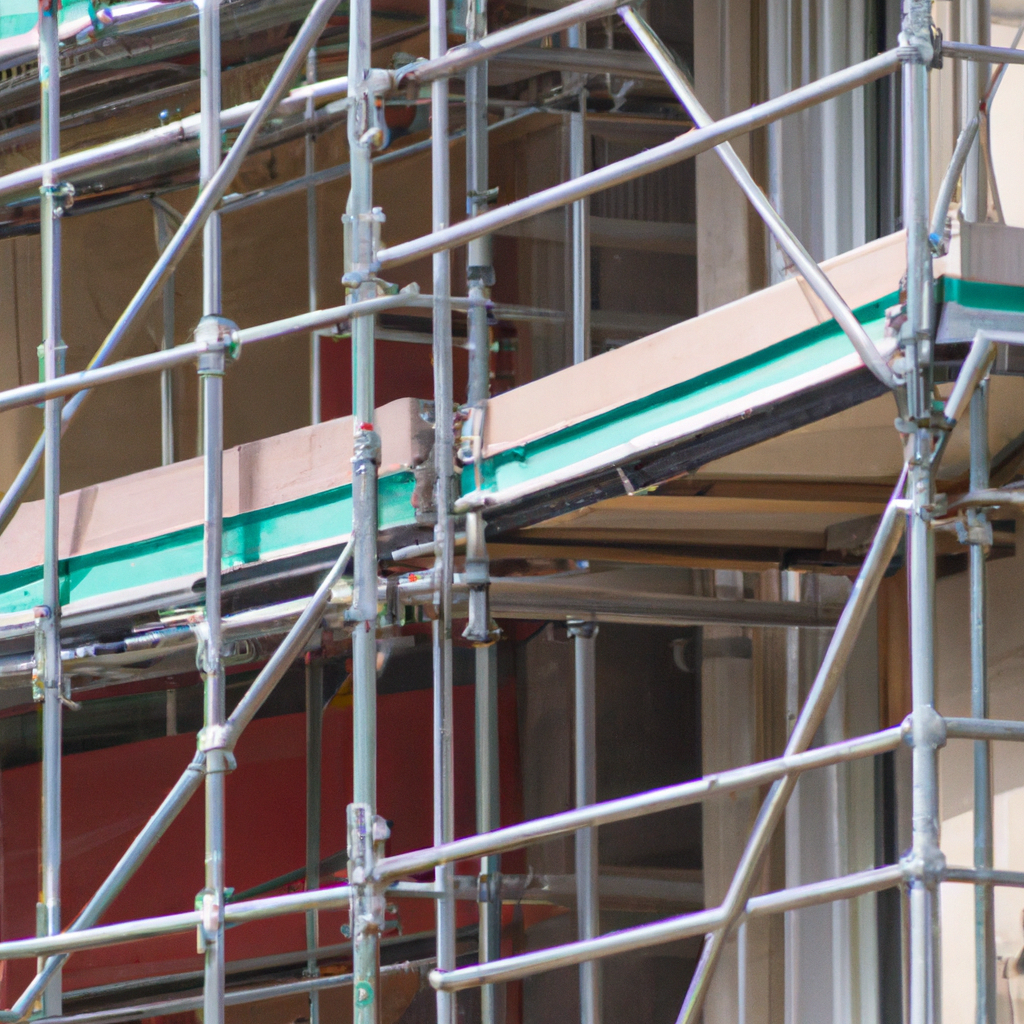When it comes to construction projects or any kind of work that requires working at heights, ensuring safety is of utmost importance. Residential scaffolding plays a vital role in providing a secure and stable platform for workers to carry out their tasks efficiently. However, choosing the right scaffolding can be a daunting task, considering the various options available in the market. In this comprehensive guide, we will walk you through the key factors to consider when selecting residential scaffolding, ensuring you make an informed decision that prioritizes safety.

Understanding Residential Scaffolding
Residential scaffolding is a temporary structure that is erected to support workers, tools, and equipment during construction, maintenance, or repair work on residential buildings. It consists of different components such as tubes, couplers, boards, and systems that are assembled to create a stable platform at various heights.
Types of Residential Scaffolding
There are several types of residential scaffolding available, each with its own unique features and advantages. Understanding these options will help you choose the right scaffolding system for your specific needs:
- Supported Scaffolding: This is the most common type of residential scaffolding, where the structure is supported by uprights or vertical tubes. It provides a stable platform for workers to access different areas of the building.
- Suspended Scaffolding: Suspended scaffolding is often used for projects that require work to be done on the exterior of a building, such as painting or window cleaning. It is suspended from the roof or other overhead structures using ropes or cables.
- Mobile Scaffolding: As the name suggests, mobile scaffolding is designed to be easily moved from one location to another. It is commonly used for projects that require frequent repositioning of the scaffolding.
- Cantilever Scaffolding: Cantilever scaffolding is used when there is an obstruction at the base of the building, preventing the use of supported scaffolding. It is supported by needles or horizontal tubes that extend from the building.
- Birdcage Scaffolding: Birdcage scaffolding is primarily used for projects that require workers to have access to a large area, such as ceiling or roof work. It consists of multiple rows of vertical poles connected by horizontal tubes.
Factors to Consider When Choosing Residential Scaffolding
Selecting the right residential scaffolding involves considering various factors to ensure the safety and efficiency of your project. Here are the key aspects to keep in mind:
1. Safety Features and Compliance
Safety should always be the top priority when it comes to residential scaffolding. Ensure that the scaffolding system you choose complies with local safety regulations and standards. Look for features such as guardrails, toe boards, and non-slip platforms to minimize the risk of accidents and falls. Additionally, check if the scaffolding is regularly inspected and maintained by professionals.
2. Load Capacity and Stability
Before selecting a scaffolding system, evaluate the load capacity it can handle. Consider the weight of workers, tools, and materials that will be used on the platform. Overloading the scaffolding can lead to structural failure and jeopardize the safety of workers. Choose a system that provides stability and can withstand the intended load without any compromise.
3. Height and Reach
Determine the height requirements of your project and select a scaffolding system that can reach those levels safely. Consider the maximum height the scaffolding can be erected to and ensure it provides easy access to all areas where work needs to be done. Additionally, check if the scaffolding can be adjusted or extended to accommodate changes in height requirements.
4. Ease of Assembly and Disassembly
Time is a valuable resource in any construction project. Opt for a scaffolding system that is easy to assemble and disassemble, allowing workers to save time and focus on their tasks. Look for systems that come with clear assembly instructions and require minimal tools for setup. This will not only enhance productivity but also reduce the chances of errors during installation.
5. Durability and Weather Resistance
Residential scaffolding should be able to withstand various weather conditions, including rain, wind, and extreme temperatures. Choose a system made from durable materials such as steel or aluminum, as they offer longevity and resistance to corrosion. Additionally, consider if the scaffolding can be protected from adverse weather conditions by adding covers or enclosures.
6. Flexibility and Adaptability
Construction projects often require adjustments and modifications as work progresses. Select a scaffolding system that offers flexibility and adaptability to accommodate changes in the project scope. Look for features like adjustable height, interchangeable components, and compatibility with additional accessories or extensions.
7. Cost and Budget
While safety should be the primary concern, it is also essential to consider the cost implications of the scaffolding system. Determine your budget and evaluate the value for money offered by different options. Take into account factors such as durability, lifespan, and maintenance requirements when assessing the overall cost.
Conclusion
Choosing the right residential scaffolding is crucial for maintaining a safe working environment and ensuring the success of your project. By considering factors such as safety features, load capacity, height requirements, ease of assembly, durability, flexibility, and cost, you can make an informed decision that meets your specific needs. Prioritize the safety and well-being of your workers by investing in a reliable and compliant residential scaffolding system. With the knowledge gained from this comprehensive guide, you are now equipped to select the perfect scaffolding solution that will help you bid farewell to safety hazards.


